Drones for Photography and Videography: Creative Possibilities
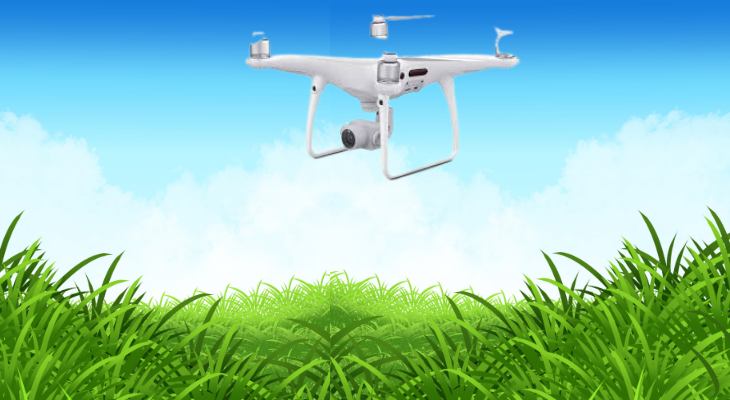
In today’s rapidly advancing digital age, drones for photography and videography. These unmanned aerial vehicles (UAVs) offer a unique perspective, allowing photographers and videographers to capture breathtaking aerial shots and explore new creative horizons. In this article, we will delve into the advantages of drones for photography and videography, explore their features and functions, discuss considerations when choosing the right drone, highlight popular models, provide steps for getting started, and answer frequently asked questions. So, let’s take off and explore the world of drones for capturing stunning visuals!
Table of Contents
ToggleThe components work together to ensure high-quality images and smooth footage:
- Drone: The drone itself is the primary component, equipped with a camera and flight capabilities. Choosing a drone with a high-quality camera, stable flight performance, and intelligent features is essential for achieving excellent results.
- Camera: The camera is an integral part of the drone, responsible for capturing images or recording videos. Drones for photography and videography typically feature cameras capable of shooting high-resolution photos and videos, such as 4K or even 8K. Look for drones with cameras that offer manual controls, adjustable settings, and image stabilization for optimal results.
- Gimbal Stabilization: A gimbal is a mechanical system that helps stabilize the camera and reduce unwanted vibrations or movements during flight. It plays a vital role in ensuring smooth and steady footage by counteracting the drone’s movements. Look for drones with built-in gimbal stabilization systems or the ability to attach compatible gimbals.
- Flight Controller: The flight controller is the brain of the drone, managing its flight movements and stability. It uses various sensors, such as accelerometers and gyroscopes, to maintain the drone’s position and orientation in the air. A reliable flight controller is crucial for precise maneuvering and capturing steady shots.
- Transmitter/Controller: The transmitter, also known as the controller, is the handheld device that allows the pilot to control the drone’s flight. It typically includes joysticks, buttons, and switches to maneuver the drone, adjust camera settings, and activate intelligent flight modes. Look for controllers with ergonomic designs, intuitive controls, and long-range transmission capabilities for optimal control and responsiveness.
- FPV System: First-Person View (FPV) is a feature that allows the pilot to view real-time footage from the drone’s camera on a screen or through specialized goggles. FPV systems provide an immersive experience, enabling pilots to navigate and frame shots with precision. Look for drones with reliable FPV systems that offer low-latency video transmission and high-resolution displays.
- Batteries: Drones rely on batteries for power, and the quality and capacity of the batteries greatly impact flight time. Longer flight times allow for more extended shooting sessions and increased flexibility during aerial photography and videography sessions. It’s advisable to invest in spare batteries to extend your drone’s operating time.
- Memory Cards: Memory cards are essential for storing captured photos and videos. Opt for high-capacity, high-speed memory cards that are compatible with the drone’s camera specifications. This ensures you have enough storage space and the ability to record footage without interruptions
Features and Functions of Drones for Photography and Videography:
To achieve outstanding results, drones come equipped with high-resolution cameras. The availability of drones with 4K cameras ensures crystal-clear image quality, allowing every detail to shine. Professional aerial photography drones take it a step further, providing advanced features and capabilities for enthusiasts and experts alike to capture exceptional imagery.
- High-Resolution Cameras: Drones designed for photography and videography are equipped with high-resolution cameras, often capable of capturing images and videos in 4K resolution. This ensures crisp and detailed visuals, allowing photographers and videographers to capture every intricate detail of their subjects.
- Stable Flight: Stability is crucial for capturing smooth and steady footage. Drones for photography and videography are built with advanced flight control systems that provide stable flight, even in windy conditions. This stability eliminates unwanted vibrations and movements, resulting in clear and professional-looking shots.
- Image Stabilization: To further enhance the quality of captured footage, many drones come equipped with built-in gimbal stabilization systems. These systems use motors and sensors to counteract drone movements and vibrations, resulting in silky-smooth video footage and blur-free images. Image stabilization is especially important when capturing aerial footage, as it helps maintain the overall stability of the camera.
- Intelligent Flight Modes: Drones offer a range of intelligent flight modes that enhance the user experience and enable creative possibilities. Some common intelligent flight modes include:
-
- Follow Me Mode: In this mode, the drone autonomously tracks and follows a designated subject, keeping it in the frame throughout the flight. This is particularly useful for capturing dynamic shots of moving objects or people.
- Waypoint Navigation: This mode allows users to pre-plan flight paths by specifying waypoints on a map. The drone will then autonomously follow the designated route, allowing photographers and videographers to focus on composition and capturing the perfect shot.
- Point of Interest (POI) Mode: In POI mode, users can select a specific point of interest, and the drone will automatically orbit around that point, capturing stunning footage from different angles.
- Active Track: Active Track enables the drone to recognize and track moving subjects in real-time, ensuring that the subject remains in focus throughout the flight. This feature is particularly useful for sports or action photography.
- Live Video Streaming: Many drones have the capability to live stream video footage directly to a mobile device or remote controller. This feature allows photographers and videographers to have real-time visual feedback, ensuring they capture the desired shots and adjust their composition on the fly.
- Automated Flight Modes: Some drones offer automated flight modes that enable the drone to perform specific maneuvers or capture cinematic shots with minimal input from the user. These modes can include orbiting a subject, flying along a predetermined path, or executing impressive aerial flips and tricks.
Considerations when Choosing a Drone for Photography and Videography:
When selecting a drone for photography and videography, budget and price range play a significant role. Affordable camera drones provide an entry point for beginners, offering essential features at a reasonable cost. On the other hand, high-end aerial videography drones cater to professionals and enthusiasts who require advanced capabilities for their creative pursuits.
Flight time and battery life are critical factors to consider as they directly impact the duration of your aerial shoots. Opting for drones with long-lasting batteries and extended flight duration ensures uninterrupted sessions, enabling photographers and videographers to capture their desired shots without interruptions.
Safety features and compliance with regulations are paramount. Drones equipped with collision avoidance systems mitigate the risk of accidents, protecting both the equipment and surrounding environment. Familiarizing oneself with the Federal Aviation Administration’s (FAA) regulations for aerial photography ensures responsible and lawful drone operations.
Popular Drone Models for Photography and Videography:
1. DJI Phantom 4 Pro:
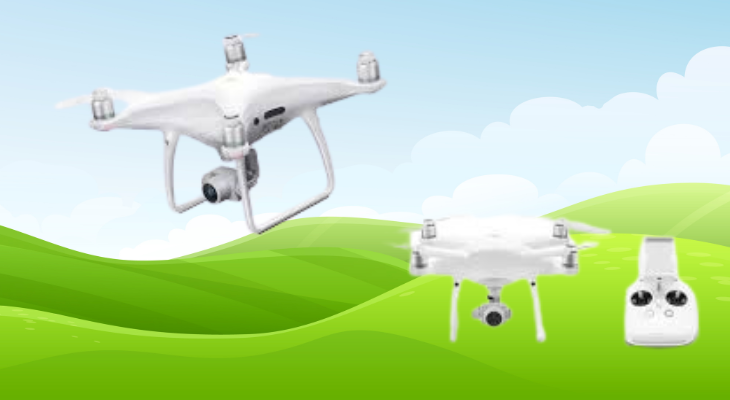
The DJI Phantom 4 Pro is a highly regarded drone model known for its exceptional camera quality and advanced features. It boasts a 20-megapixel camera with a 1-inch CMOS sensor, capable of shooting 4K video at 60 frames per second. The Phantom 4 Pro also offers a 5-directional obstacle sensing system, extended flight time, and intelligent flight modes, making it a top choice for professional photographers and videographers.
2. DJI Mavic 2 Pro: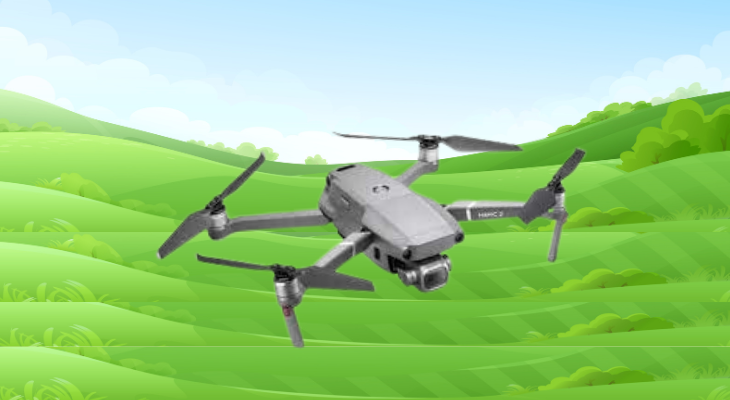
The DJI Mavic 2 Pro is a compact and portable drone that delivers outstanding image quality. It features a Hasselblad camera with a 1-inch CMOS sensor, enabling it to capture stunning 20-megapixel photos and 4K videos with exceptional color accuracy. The Mavic 2 Pro also offers advanced flight modes, extended flight time, and a foldable design, making it a popular choice for photographers and videographers on the go.
Autel Evo II: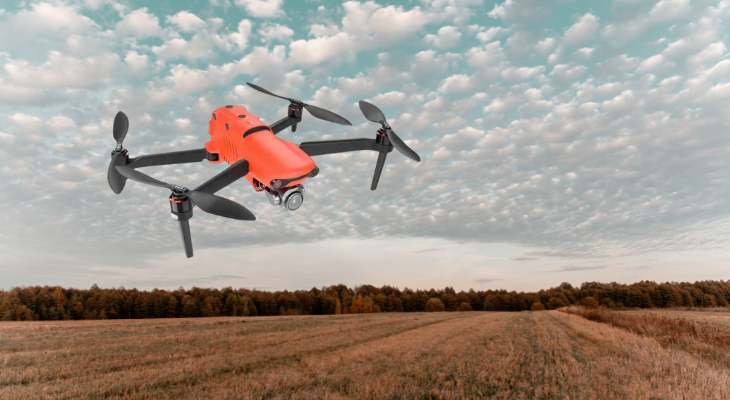
The Autel Evo II is a versatile drone that excels in both photography and videography. It features a 48-megapixel camera sensor, allowing for incredibly detailed still photos, as well as 8K video recording capability. The Evo II offers a variety of intelligent flight modes, a long flight time of up to 40 minutes, and a robust build quality, making it a reliable option for capturing high-quality aerial footage.
4. DJI Inspire 2: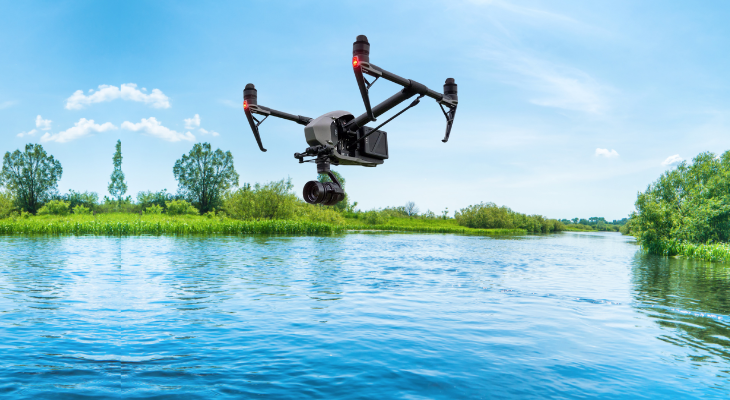
The DJI Inspire 2 is a professional-grade drone designed for filmmakers and commercial applications. It features an interchangeable camera system, allowing users to choose between different Zenmuse camera models, including the X5S and X7, which offer superb image quality and cinematic capabilities. The Inspire 2 boasts advanced flight performance, dual-operator control, and a comprehensive set of intelligent flight modes, making it a top choice for professional videographers and cinematographers.
5. Yuneec Typhoon H Pro: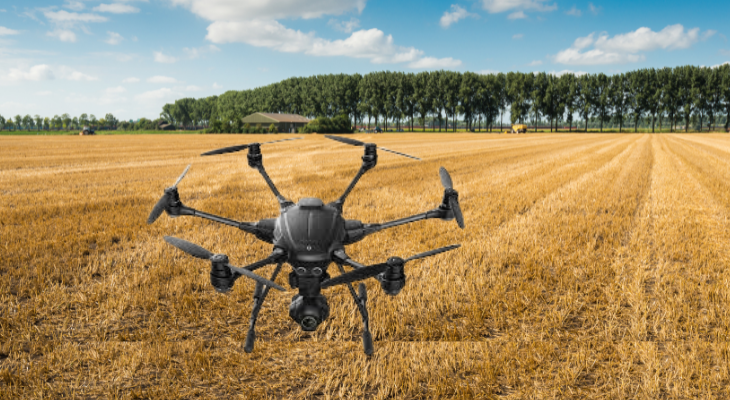
The Yuneec Typhoon H Pro is a hexacopter drone that offers impressive stability and camera capabilities. It comes with a 4K camera mounted on a 3-axis gimbal, ensuring smooth and stable footage. The Typhoon H Pro also features intelligent flight modes, including Orbit, Follow Me, and Waypoint Navigation, as well as a retractable landing gear system for unobstructed 360-degree aerial shots.
Steps for Getting Started with Drones for Photography and Videography:
Getting started with drones for photography and videography can be an exciting endeavor. To help you begin your journey, here are the steps to follow:
- Research and Familiarize Yourself: Start by researching different drone models suitable for photography and videography. Consider factors such as camera quality, flight stability, intelligent features, and budget. Familiarize yourself with drone terminology, regulations, and best practices for safe and responsible flying.
- Choose the Right Drone: Based on your research, select a drone that meets your specific needs and budget. Consider factors such as camera resolution, flight time, range, and ease of use. It’s advisable to start with a beginner-friendly model and gradually upgrade as you gain experience.
- Learn the Rules and Regulations: Understand and abide by the drone regulations in your country or region. Familiarize yourself with local laws regarding drone flying, including restrictions on flight altitude, no-fly zones, and privacy concerns. Register your drone if required and obtain any necessary licenses or permits.
- Learn to Fly Safely: Before taking your drone for a photography or videography session, practice flying in an open and safe area. Master basic flight maneuvers, such as takeoff, landing, hovering, and controlling the drone’s movement. Pay attention to maintaining a safe distance from people, buildings, and other obstacles.
- Master Camera Settings and Composition: Get acquainted with the camera settings of your drone. Learn how to adjust exposure, white balance, and other relevant settings to capture the desired photos or videos. Explore composition techniques for aerial photography and videography, such as the rule of thirds and leading lines, to create visually appealing shots.
- Plan and Prepare for Flights: Before each flight, plan your shoot by scouting the location and identifying potential subjects or points of interest. Check the weather conditions, wind speed, and any flight restrictions in the area. Ensure your batteries are fully charged, and you have sufficient memory card storage for capturing your footage.
- Fly with Purpose: When flying your drone for photography or videography, have a clear vision of the shots you want to capture. Experiment with different angles, heights, and perspectives to create unique visuals. Utilize intelligent flight modes, such as Follow Me or Waypoint Navigation, to automate certain movements and focus on framing your shots.
- Edit and Enhance Your Footage: After your flight, transfer the captured photos and videos to your computer or editing software. Edit and enhance the footage by adjusting colors, contrast, and sharpness. Crop or trim the clips, add music or voiceovers, and incorporate transitions to create a polished final product.
- Share and Engage: Finally, showcase your aerial photography and videography work by sharing it with others. Utilize social media platforms, websites, or online communities dedicated to drone enthusiasts. Engage with fellow drone photographers and videographers, seek feedback, and learn from their experiences to continuously improve your skills.
pros and cons of drone photography and videography:
| Pros | Cons |
| 1. Unique Perspectives: Drones offer the ability to capture stunning aerial shots from unique angles and perspectives. | 1. Regulatory Restrictions: Flying drones is subject to regulations and restrictions in many areas, limiting where and when they can be used. |
| 2. High-Quality Footage: Drones equipped with advanced cameras and stabilization systems produce high-resolution photos and videos with smooth footage. | 2. Weather Dependency: Adverse weather conditions such as strong winds or rain can limit or prevent drone flights, affecting the availability of shooting opportunities. |
| 3. Versatility: Drones can be used for various applications beyond photography and videography, such as aerial surveying, mapping, and search and rescue operations. | 3. Learning Curve: Operating a drone and mastering its flight controls and camera settings require practice and familiarity, which may involve a learning curve. |
| 4. Access to Inaccessible Locations: Drones can reach areas that are difficult or dangerous for photographers or videographers to access, opening up new possibilities for capturing visuals. | 4. Limited Battery Life: Most drones have limited flight time due to battery constraints, requiring additional batteries or careful planning to maximize shooting sessions. |
| 5. Real-Time Monitoring: First-Person View (FPV) systems allow pilots to monitor live footage, enabling precise framing and composition adjustments. | 5. Privacy Concerns: Drones equipped with cameras raise privacy concerns, and it’s important to respect the privacy of individuals and comply with local regulations. |
| 6. Time and Cost Efficiency: Drone photography and videography can save time and resources compared to traditional methods, as they eliminate the need for expensive aerial equipment or helicopters. | 6. Equipment Vulnerability: Drones are susceptible to damage from accidents, crashes, or technical failures, which can result in costly repairs or replacement. |
Conclusion:
Drones have revolutionized the field of photography and videography, offering unique perspectives and incredible creative possibilities. With their high-resolution cameras, stable flight capabilities, and intelligent features, drones have become invaluable tools for capturing stunning aerial imagery.
By investing in a suitable drone model, understanding the rules and regulations, and mastering the art of flying, you can embark on an exciting journey of drone photography and videography. Whether you’re a professional photographer, videographer, or an enthusiast exploring a new hobby, drones provide a gateway to a whole new world of visual storytelling
Frequently Asked Questions (FAQs):
What is the best drone for photography and videography?
The best drone for photography and videography depends on various factors, such as your budget, desired features, and level of expertise. However, some popular choices among professionals and enthusiasts include the DJI Phantom 4 Pro, the DJI Mavic 2 Pro, and the Autel Evo II. These drones offer high-quality cameras, stability, and intelligent flight modes to capture stunning visuals.
What are the key features to consider when choosing a drone for photography and videography?
When selecting a drone for photography and videography, it’s important to consider factors such as camera quality (resolution, sensor size, and lens), stability and image stabilization (gimbal system), flight time and battery life, range and transmission quality, intelligent flight modes (including follow-me mode and waypoint navigation), and safety features like obstacle avoidance.
Are there any regulations or legal requirements for flying drones for photography and videography?
Yes, flying drones for photography and videography is subject to regulations and legal requirements in many countries. It’s important to familiarize yourself with the regulations specific to your location. For example, in the United States, the Federal Aviation Administration (FAA) has specific rules and guidelines for operating drones, including registration requirements and restrictions on where and how high you can fly.
Can drones be used for commercial photography and videography?
Yes, drones can be used for commercial photography and videography purposes, but it may require obtaining additional certifications or licenses depending on your country or region. For example, in the United States, if you plan to use drones for commercial purposes, you may need to obtain a Part 107 Remote Pilot Certificate from the FAA.
How can I ensure the safety of my drone and the people around it during flights?
To ensure the safety of your drone and those around you, it’s important to follow safety guidelines and best practices. These include conducting pre-flight checks, maintaining a safe distance from people and property, avoiding flying in restricted areas, being aware of weather conditions, and regularly updating firmware and software for optimal performance.
Are there any limitations to flying drones for photography and videography?
Yes, there are certain limitations to consider when flying drones for photography and videography. These include restrictions on flying near airports, military installations, and other sensitive areas, as well as limitations imposed by local laws or regulations. Additionally, weather conditions like strong winds or rain may impact the safe operation of drones.
What are some tips for capturing great photos and videos with a drone?
To capture great photos and videos with a drone, consider the following tips: Plan your shots in advance, utilize different angles and perspectives, experiment with composition and framing, use manual camera settings for better control, shoot during the golden hour for beautiful lighting, and edit your footage to enhance the final result.
Can drones be used for other applications besides photography and videography?
Absolutely! Drones have a wide range of applications beyond photography and videography. They are used in fields such as aerial surveying, mapping, agriculture, search and rescue operations, infrastructure inspection, and more. The versatility and capabilities of drones make them valuable tools in various industries.

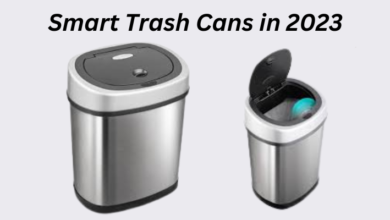
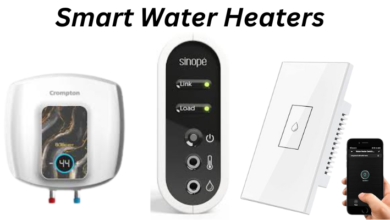
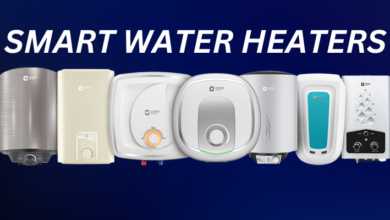
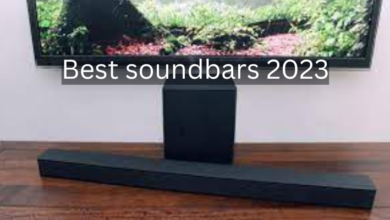
One Comment